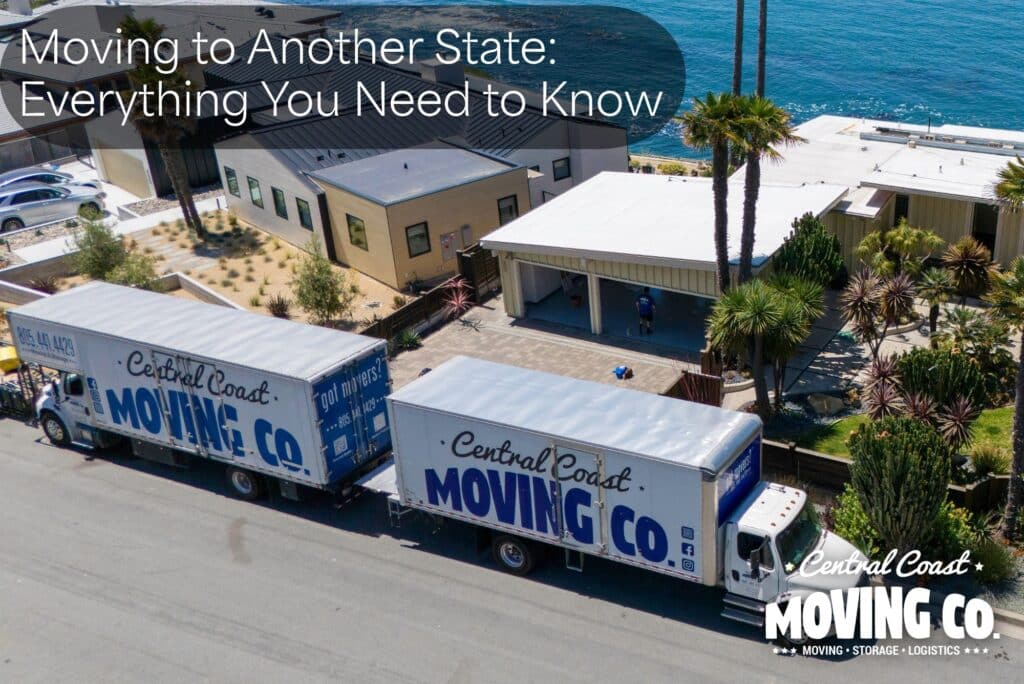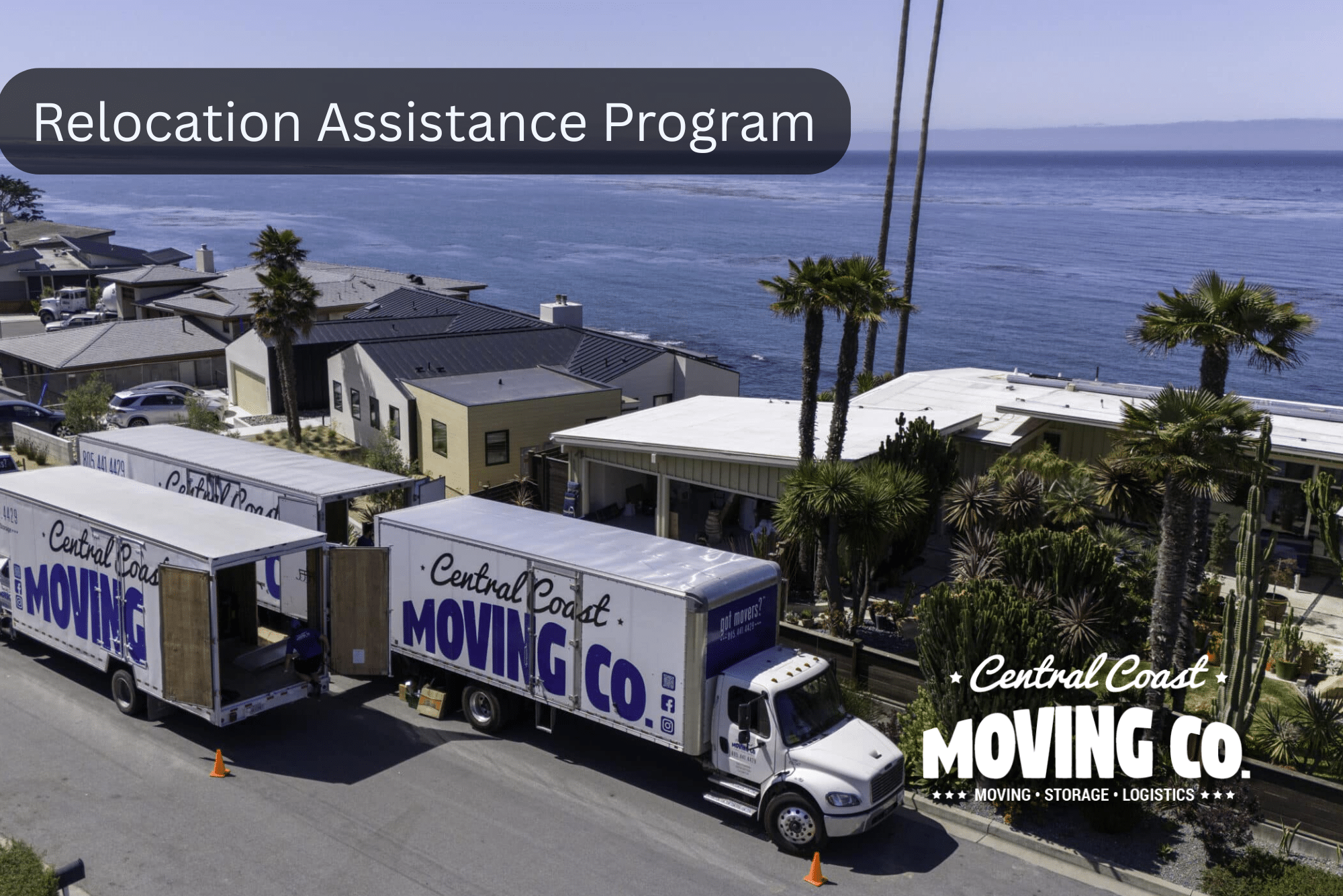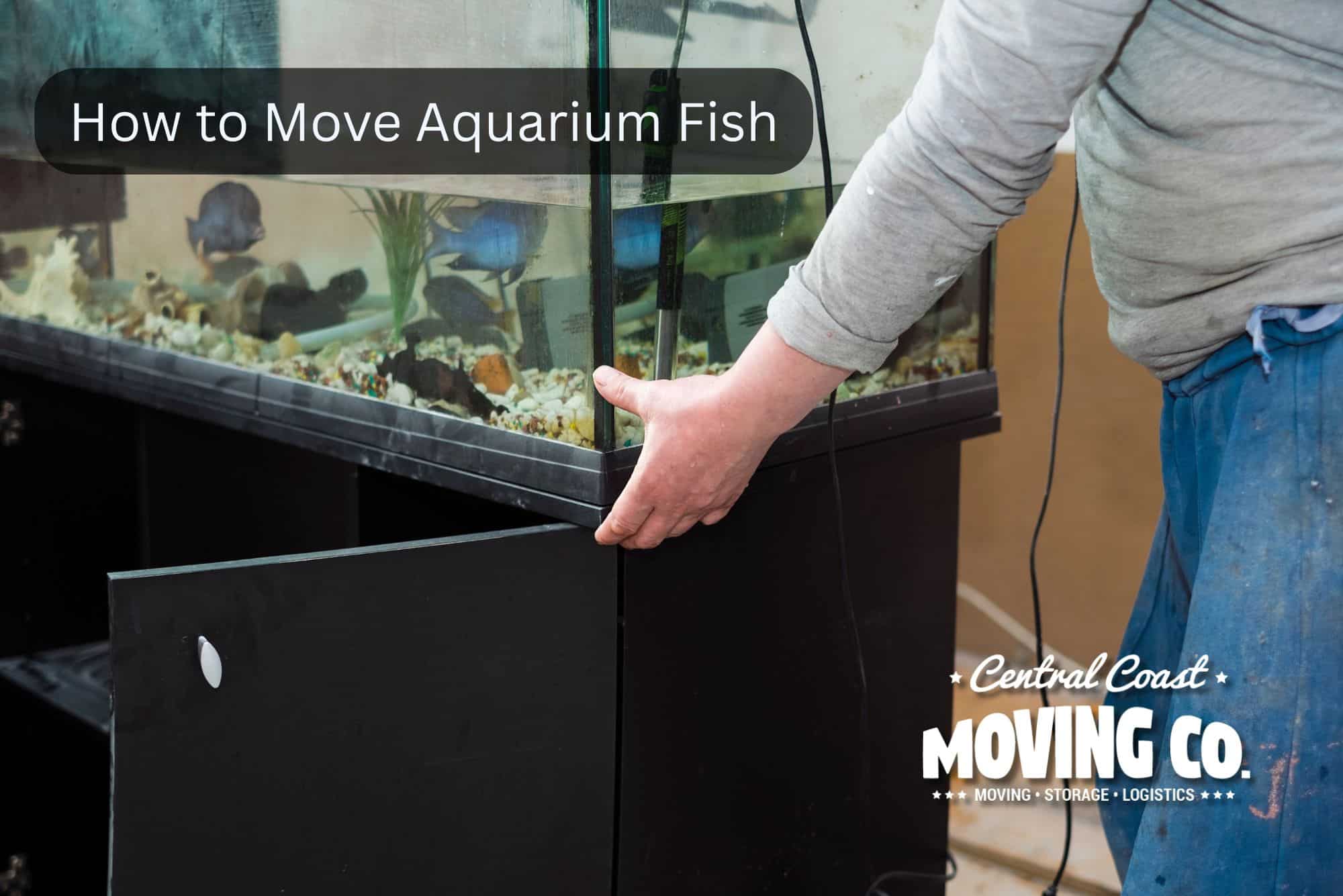Moving to another state is a big deal. Whether you’re moving for a new job, family reasons or just a change of pace, knowing how to move from one state to another is key to a smooth transition. This guide by Central Coast Moving will give you everything you need to plan and execute your interstate move.
Introduction to Moving Out of State
Moving out of state can feel overwhelming, but with careful planning and the right resources, it can also be an exciting new chapter.
Whether you’re relocating for a new job, to be closer to loved ones, or simply for a fresh start, it’s important to approach your move with a solid plan. From researching moving companies to organizing your travel and arrival, every step matters when moving out of state.
This guide is designed to walk you through the entire process, offering expert tips and a step by step guide to help you stay organized and confident as you prepare for your big move.
Step 1: Initial Planning for Moving to Another State

Moving to another state is a big life transition—and like any big project, it starts with a plan. The sooner you start, the better prepared you’ll be to tackle the move with confidence and clarity.
One of the first steps should be creating a comprehensive to-do list to stay organized and ensure no important tasks are overlooked.
Ideally start the planning phase 8-12 weeks before your target move date. Early planning not only helps you coordinate logistics and compare service providers, but can also help you save money on moving expenses by allowing you to secure better rates and avoid last-minute costs. Be sure to research moving companies thoroughly as part of your initial planning process.
Create a Realistic Moving Budget
Before you box a single item, map out your expenses. Interstate moves can be costly and pricing varies depending on distance, amount of belongings and level of service required. A long distance move can range from $2,000 to over $10,000. Here’s what to factor into your budget:
- Professional movers, truck rental, or portable container options
- Fuel and tolls
- Packing supplies (estimate how many boxes and other moving supplies you’ll need)
- Temporary lodging and meals during travel
- Security deposits or first month’s rent for your new home
- Storage unit fees (if applicable)
Tip: Include a contingency fund (10-15% of your estimated budget) for unexpected expenses.
Sourcing moving supplies in advance can help you save money and ensure you have enough boxes and materials for your move.
Research and Compare Moving Companies
If you’re hiring a professional mover, don’t just go with the first quote you get. Make sure to find a company that specializes in long distance relocations and is properly licensed and insured. Look for companies registered with the FMCSA (Federal Motor Carrier Safety Administration) and check their USDOT number for red flags.
Ask these questions when evaluating moving companies:
- Do you offer binding estimates?
- Are packing/unpacking services included or extra?
- What is your policy on delays and damage claims?
- Can you provide customer references?
- Do you offer a video survey of my belongings to provide a more accurate quote?
Local providers like Central Coast Moving, serving areas such as San Luis Obispo and Arroyo Grande, are known for transparent pricing and a personal touch—important for those looking to avoid the headaches of larger, impersonal chains.
Build a Move Timeline
A timeline keeps you on track and ensures nothing falls through the cracks. Start by working backward from your move date and plug in deadlines for tasks like:
- Booking your moving company
- Gathering packing supplies
- Notifying your landlord or selling your home
- Scheduling utility shut-off and setup
- Organizing important documents
- Decluttering and holding a garage sale or donation drop-off
A visual calendar—digital or printed—can help you see everything at a glance and reduce the overwhelm that comes with interstate moves.
Step 2: Your Out of State Moving Checklist
When moving to a new state, having a clear, actionable checklist helps you stay organized and reduce stress. Make sure your checklist covers all your belongings to avoid missing anything during the move. Here’s a breakdown of what to include and when to tackle each task.
1-2 Months Before Moving
Get Estimates
Get at least three quotes from licensed, insured moving companies. Look for long distance specialists with good reviews—Central Coast Moving for example is trusted by families moving from Paso Robles to out of state destinations.
Notify Your Landlord or Realtor
If you’re renting check your lease agreement for move out requirements. Homeowners should work with a real estate agent to start the selling process early.
Start Sorting and Decluttering
Go through closets, garages and storage spaces. Decide what to keep, sell, donate or toss. Less to move means lower costs and less stress. For items you want to keep but can’t move immediately, consider using temporary storage options such as portable moving containers.
Request School and Medical Records
If you have kids, notify your child’s current school about your move and the need to transfer school records to the new school. Notify schools as early as possible to ensure a smooth transition. Coordinate with the new school to understand their enrollment requirements and any necessary documentation. Notify your healthcare providers and request copies of medical records for everyone in your household.
3-4 Weeks Before Moving
Change Your Address
Update your address with the USPS and notify important institutions—banks, credit card companies, insurance providers and subscription services. Submit a mail forwarding request with USPS to forward your mail to your new home, ensuring you don’t miss important correspondence. Be sure to update your mailing address with friends, family, and all service providers.
Set Up Utilities in Your New Home
Arrange for water, electricity, internet and trash services at your new address. Likewise schedule shut-offs for your current utilities.
Plan Your Travel
Book flights, lodging or rental vehicles if needed. If you are flying, book your plane ticket early to secure the best options. If driving plan your route and estimate fuel and meal costs.
Start Packing Non-Essentials
Begin boxing up items you won’t need in the next month—seasonal clothes, books, décor and spare linens.
Final Week Before Your Move
The final week before your move is all about tying up loose ends and making sure you’re ready for moving day. Here’s how to stay organized and avoid last-minute stress:
- Review your moving budget and set aside extra money for any unexpected expenses that might pop up.
- Confirm your move in date with your moving company and double-check all the details, including addresses and contact information.
- Arrange for your utility companies to disconnect services at your old home and set up new accounts at your new address.
- Pack any remaining items, making sure to include essentials like toiletries, medications, chargers, and a change of clothes in a clearly labeled box or bag.
- Defrost and clean your refrigerator and freezer at least 24 hours before moving day.
- Take final meter readings for gas, water, and electricity, and notify your utility companies to avoid any billing issues.
- Say goodbye to friends and family, and exchange updated contact information so you can stay in touch after your move.
By confirming details and preparing for any unexpected expenses, you’ll be ready to make your move as smooth as possible.
Final Week Before Your Move
Pack an Essentials Box
Include toiletries, chargers, medications, snacks, clothes for a few days, a first aid kit, and important documents. This should travel with you—not in the moving truck.
Confirm with Your Movers
Reconfirm your move date, time and address. Make sure your inventory list is updated and accurate.
Dispose of Hazardous Items
Movers can’t transport items like paint, propane or cleaning chemicals. Dispose of them safely or give them away.
Clean Your Home
Whether required by a landlord or just for peace of mind give your old home a thorough cleaning before handing over the keys.
Step 3: Packing and Preparing to Relocate
Packing for an out of state move is more than just filling boxes—it’s about setting yourself up for a smooth arrival. Before you start, make sure to source moving boxes and essential moving supplies like tape, bubble cushioning, and markers in advance to streamline your packing process. The more intentional your packing process the less overwhelmed you’ll feel when you get to your new home. Consider using a portable storage container as a convenient and secure option for packing and transporting your belongings during the move.
Start with a Declutter Sweep
Before you begin packing lighten your load. Go room by room and decide what to keep, donate, sell or toss. Not only will this make packing easier but it can significantly cut moving costs—especially when moving from state to state where pricing is often weight based.
Tip: Hold a garage sale or list items on local marketplaces to make some extra cash for moving expenses.
Create a Packing Plan by Room
Avoid chaos by packing one room at a time. Before you start, estimate how many boxes you’ll need for each room—using a packing calculator or kit can help you figure out the right amount. Label each box with:
- The room it belongs to
- A brief description of contents
- “Fragile” if needed
This will make unpacking much easier and let movers know where to put boxes in your new home.
Protect Valuables and Fragile Items
Use bubble wrap, foam peanuts or towels to cushion fragile items. Dishware, electronics and décor should be packed in double walled boxes. Keep valuables like jewelry, legal documents and passports with you during the move rather than in the truck.
Pack an Essentials Kit
Set aside a clearly labeled “first night box” with:
- Basic toiletries
- A change of clothes
- Chargers
- Medications
- Snacks and water
- Toilet paper and paper towels
This is especially important for long distance moves where you may arrive days before your belongings.
Consider Professional Packing Services
If you’re on a tight deadline or feeling overwhelmed many companies including Central Coast Moving in Santa Maria and beyond offer professional packing services. Hiring professional movers for packing can be especially beneficial for long distance or complex moves, as they handle all the details and ensure your items are packed securely. This will save you time and ensure your belongings are protected by trained experts using the right materials.
Step 4: Housing and Logistics
Once you’ve chosen your new location, it’s time to focus on the logistics of finding a place to live and planning your arrival. Careful planning at this stage will help you avoid unnecessary stress and ensure a smooth transition to your new home.
Securing Your New Home
Finding the right home is a crucial part of the moving process. Start by researching neighborhoods in your new location to find the best fit for your lifestyle and needs. Working with a knowledgeable real estate agent can make the process much easier—they can help you schedule viewings, navigate the local housing market, and negotiate rental agreements or purchase contracts. Be sure to consider factors like commute times, proximity to grocery stores and schools, and access to local amenities. Understanding the housing market in your new area will also help you budget for necessary moving expenses and avoid surprises down the road.
Arranging Temporary Housing if Needed
If your new home won’t be ready by your moving date, you may need to arrange temporary housing. Options include hotels, short-term rentals, or extended-stay accommodations. Research your options early and book in advance to secure the best rates and availability, especially if you’re moving during a busy season. Temporary housing can provide a comfortable landing spot while you finalize your permanent living arrangements.
Planning Your Travel and Arrival
With your housing sorted, it’s time to plan how you and your belongings will get to your new city. Start by researching moving companies and comparing prices and services to find the best fit for your needs. Decide whether you’ll hire professional movers, rent a moving truck, or use a portable moving container. Make sure your moving company is reputable and confirm all the details, including your moving date, time, and contact information.
Things to Consider When Moving Out of State
An interstate move isn’t just about packing boxes, it’s about adjusting to a new environment. Crossing state lines brings unique challenges, including the need to establish residency in your new state. Before you settle into your next chapter, think through these key factors that will impact your finances, comfort, and long-term satisfaction.
Cost of Living
Not all states are created equal when it comes to daily expenses. Research how your new state compares in:
- Housing
- Utilities
- Groceries and dining
- Gas and transportation
- Taxes (sales, income and property)
For example moving from California to states like Arizona or Idaho may result in significant savings on housing and property taxes—something many families from Arroyo Grande and San Luis Obispo have taken into account when planning their relocations.
Job Market
If you’re not moving for a specific job research the local job market. Check job boards, local business directories and state labor departments for information on demand for your industry and average salaries.
Tip: Reach out to professional networks or LinkedIn connections in the new area. You’d be surprised how helpful a warm introduction can be.
School and Family Needs
For families with children school quality can be a major deciding factor. Also consider access to parks, extracurriculars and childcare if applicable.
Rules of the Road
Each state has its own laws and processes for vehicle registration, driver’s licenses and insurance. Most require you to update within 30 days of moving so plan ahead. This is especially important if you’re moving from a laid back beach town like Morro Bay to a busy metropolitan area with different traffic laws and insurance requirements.
Climate and Lifestyle Shifts
A change of scenery often comes with a change of lifestyle. Be realistic about how a new climate, culture or pace of life will impact your daily routine. Moving from the California coast to a snow heavy state for example requires a mindset shift—and possibly a snow shovel.
Making new friends and building a support network can also help you adapt more easily to your new environment and lifestyle.
Step 5: Final Preparations for Your Interstate Move
With your move just days away it’s time to wrap up loose ends and make sure everything is ready for a smooth departure. This stage is all about confirmations, cleanup and peace of mind.
Be sure to confirm details with your moving company and any other service providers, such as the moving date, arrival time, and any special instructions, to avoid last-minute surprises.
Confirm Moving Details
A few days before the move contact your moving company to confirm:
- Pickup and delivery dates and times
- Addresses (old and new)
- Inventory lists and special items
- Any last minute changes in services
If you’re using a local expert like Central Coast Moving, serving Paso Robles and surrounding areas they’ll typically offer a pre-move check-in to make sure everything’s on track.
Utilities at Both Ends
Make sure utilities are scheduled to turn off in your current home and turn on at your new one. This includes:
- Electricity
- Water
- Gas
- Internet
- Trash and recycling
Tip: Schedule services a day early in your new state especially if you’re arriving late or over the weekend.
Notify Key Parties of Your Move
You’ve probably updated your USPS address already but don’t forget to notify:
- Banks and credit card providers
- Health insurers and doctors
- Your employer (for tax purposes)
- Subscription services and memberships
Also forward prescriptions to a pharmacy near your new home to avoid gaps in medication.
Final Walkthrough
Before leaving your current residence:
- Check closets, cabinets, attic, garage and drawers for overlooked items
- Patch up nail holes and scuffs if required by your lease
- Take photos for documentation especially if you’re renting
- Lock all doors and windows
- Leave keys and garage remotes as instructed
Keep Essentials Handy
Anything critical should travel with you—not in the moving truck. This includes:
- IDs and passports
- Insurance documents
- Moving contracts
- Medications
- Electronics and chargers
- Cash and checkbook
Consider putting everything in a designated folder or bag you’ll carry personally.
Step 6: Settling Into Your New State
Unpacking your boxes is only part of the process. Settling into a new state means adjusting emotionally, legally and socially to your new surroundings. The good news? A little effort early on goes a long way in making your new house feel like home.
Unpack with Intention
Start with the essentials: bedroom, bathroom and kitchen. Having the basics in place helps you feel grounded even if the rest of the home is still a work in progress.
Use this order: Make beds and set up toiletries
- Plug in major appliances and electronics
- Set up internet service and workspace (if working remotely)
Tip: Don’t try to unpack everything in one day. Set realistic goals so the process feels manageable.
Get to Know Your Neighborhood
Exploring your new area helps you feel more at home. Check out local parks, coffee shops and restaurants. If you moved into a community like Santa Maria you might find a local farmer’s market or winery just around the corner that becomes a new favorite.
Other first-week outings include:
- Grocery stores and gas stations
- Pharmacies and clinics
- Post office and library
- Nearest hardware store for small fixes
Introduce Yourself
It might feel old-fashioned but introducing yourself to neighbors can spark meaningful connections. A simple “hi” can go a long way toward feeling welcomed—and it’s a great way to get the inside scoop on trash pickup schedules, hidden gems or service recommendations.
Get Registered and Settled Legally
Make your new state official by:
- Updating your driver’s license and vehicle registration
- Registering to vote in your new district
- Reviewing local laws and regulations (like pet licensing or parking zones)
Most of these tasks have deadlines (often 30 days after your move), so prioritize them early.
Find Your Rhythm
Give yourself permission to settle in gradually. It takes time to adjust to a new pace especially if you’ve relocated from a relaxed Central Coast town like San Luis Obispo to a faster paced urban setting—or vice versa.
Be patient with yourself and your family as routines take shape. Join community groups, fitness classes or local events to build your new social circle organically.
Pro Tips for Moving Out of State
A few smart strategies can make your interstate move faster, cheaper and less stressful. Here are our top pro tips to keep in mind:
1. Time Your Move Strategically
Avoid peak seasons like summer or end-of-month weekends. Moving in the off-season especially mid-month or mid-week can save you money and increase availability from movers.
2. Label Everything Clearly
Use color-coded labels or bold markers to identify boxes by room and importance. It’ll make unloading faster and help prevent lost or misplaced items.
3. Digitize Important Documents
Scan important documents like leases, IDs, medical records and moving contracts. Store them in cloud folders for easy access on the road.
4. Store if Needed
If you’re moving into temporary housing or downsizing, consider renting a storage unit (even short term). Central Coast Moving offers storage options for customers moving from San Luis Obispo County to out of state.
5. Book Reputable Movers Early
Interstate moving slots fill up fast. Book your moving date with a licensed mover as early as possible, especially if you’re moving from busy areas like Paso Robles or Santa Maria.
Service Area: Where We Work
Central Coast Moving serves:
- Santa Maria
- San Luis Obispo
- Arroyo Grande
- Paso Robles
- Morro Bay
- Surrounding Central Coast areas
We specialize in long distance moves. Our team will make your move seamless.
Trust Your Move with Central Coast Moving
Moving to another state doesn’t have to be overwhelming. With planning, checklists and expert tips you’ll be all set. Central Coast Moving will make your interstate move stress free and efficient, we’ll guide you every step of the way. Get in touch today!







